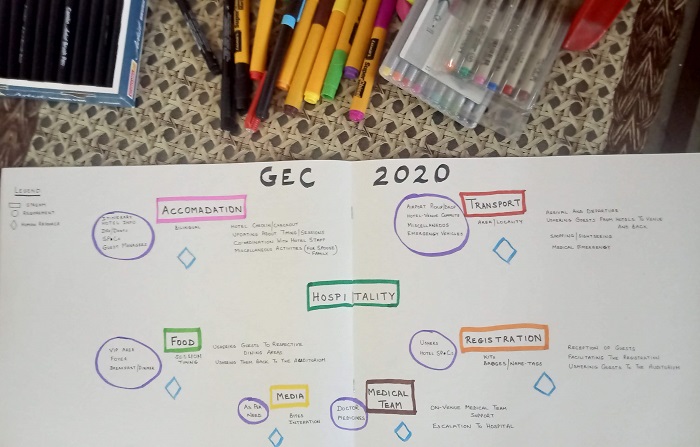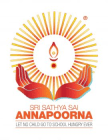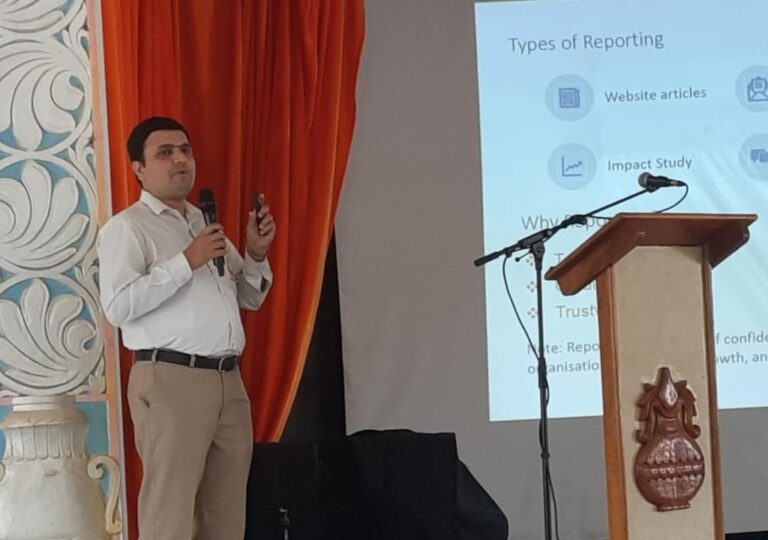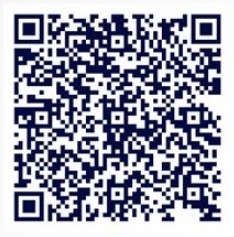How Technology Helped An NGO Run Its Operations
It was early February 2020. A few members of our team met in Delhi while planning for a possible conference while expecting eminent scholars and various other dignitaries to attend it. The possible date was in May of that year, though in our hearts, the news of a new virus, which was spreading like a viral video does on social media, was making us skeptical about what might lie ahead.

We did a lot of planning but very soon, our fears turned into reality–the novel Coronavirus spread like wildfire, and India, like no other country, came into its grip. The first country-wide lockdown, at least of our lifetimes, was observed, and soon the dynamics of the whole nation changed. Apart from very bare essentials, literally, everything was closed.
Sri Sathya Sai Annapoorna Trust has its whole operations on the field, and it was a new challenge that we as a team had to tackle apart from the very area that we were intervening in. We provide morning nutrition to school-going children, and schools across the States and UTs were closed for an indefinite period. We could neither serve them cooked breakfast nor provide material to be cooked in the schools (SaiSure–our micronutrient health mix). However, we solved this issue by providing dry-ration kits to families of the children and also the cooks who served in various government schools through government administrations of various districts and blocks.
Now came the question of how the Annapoorna Team will work. Our team members are majorly volunteers from different parts of the country with a very few on-roll employees to manage various activities of the Trust. Though mobiles are readily available and we could convey our messages, we needed to have team meetings for planning, strategizing, reporting, and also feedback from various areas. At the same time, because travel was banned and offices were closed, we were unable to visit our existing donors and prospective partners. We needed a solution that could turn our whole official work and coordination online, though whatever intervention was possible on the ground, our team would continue to execute.
This is where the video calling technology, especially the apps like Zoom, Google Meet, and Microsoft Teams helped us tremendously. We held daily, bi-weekly, and weekly meetings with different members of our team. With steady internet connections, it felt like we were sitting in one room and were able to exchange every piece of information that was required. With the ability to share screens, there was hardly any aspect of communication that was hindered.
Likewise, with our donors and partners, we went on to have video calls and told them about our efforts and impact. Though nothing could beat the ambience and aura of an in-person meeting, the video calls served the purpose when the whole world was sparring with such an unimaginable crisis.
We hosted presentations, guest lectures, and even live events with a wider set of people. We were able to record our sessions for future reference too. All this was done remotely from multiple places and geographies.
Now that we are slowly returning to post-pandemic mode and have started to travel again, we feel so grateful yet still dependent on the technology enablement that helped us survive the tough times. All the people, who are working in software and technology development, deserve a huge round of applause and appreciation for the tools that they continue to build to help the world brace for calamities.
We are sure, as an NGO, we will continue to take technology in our stride and use it to maximize our impact.
Once again, a big thanks to technology!!!




